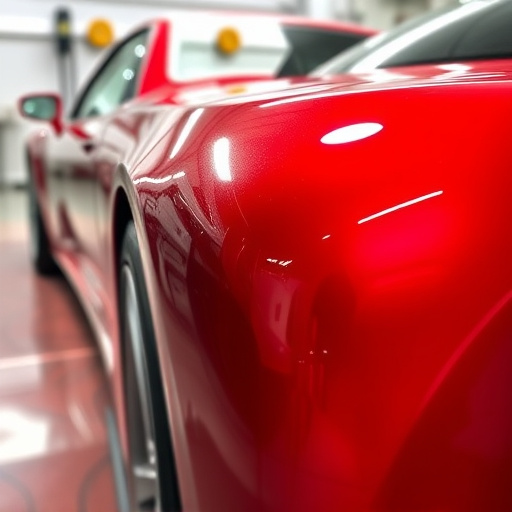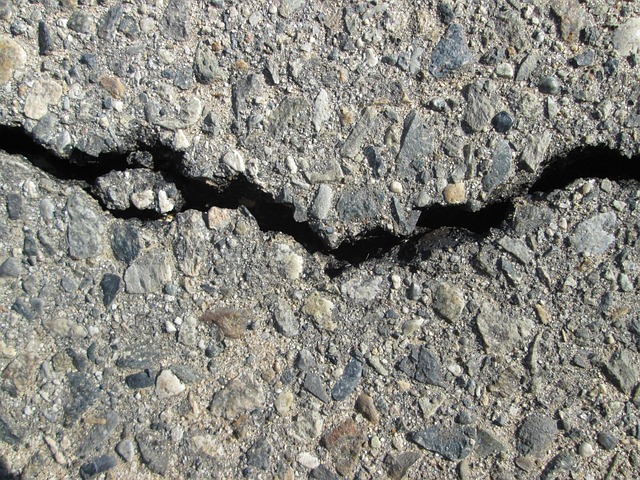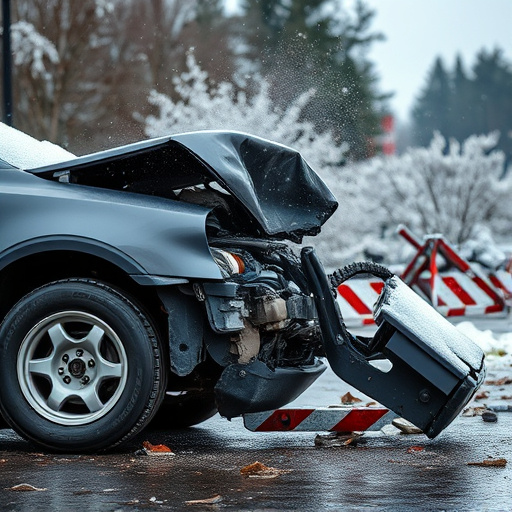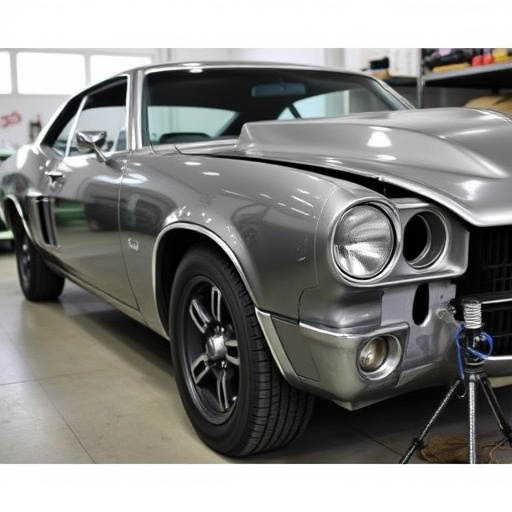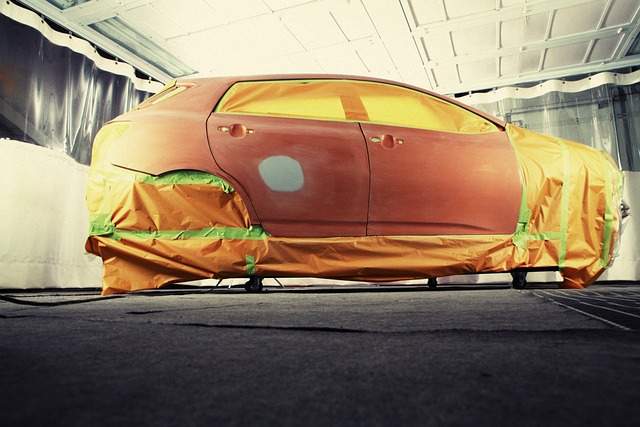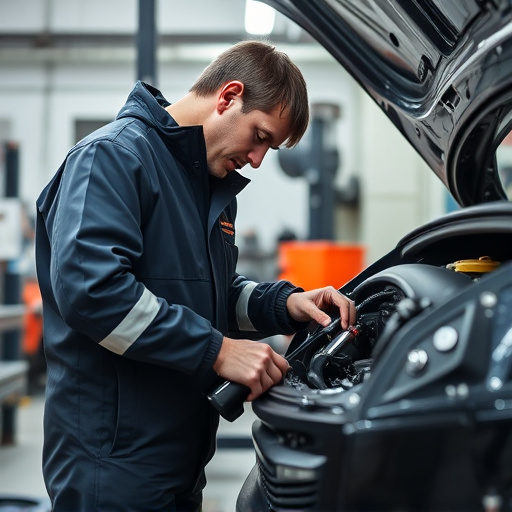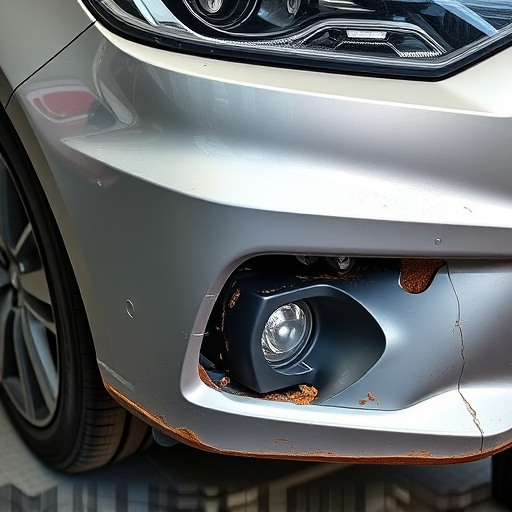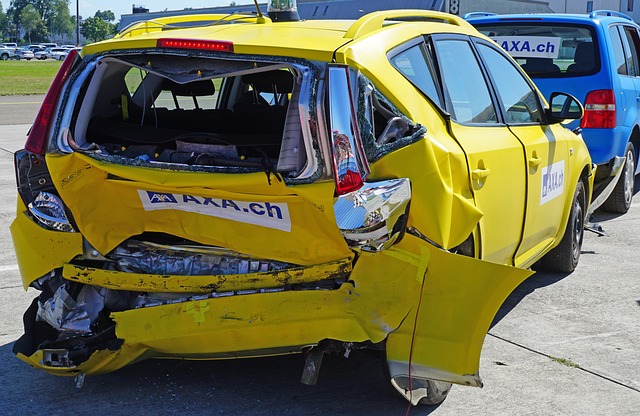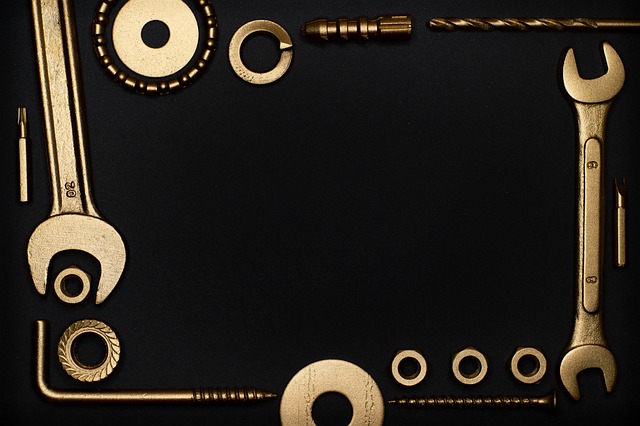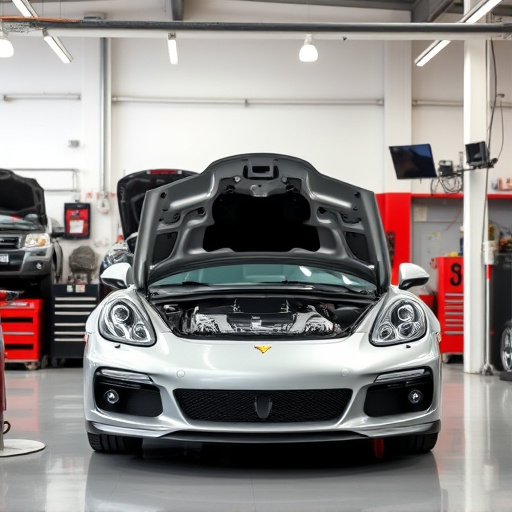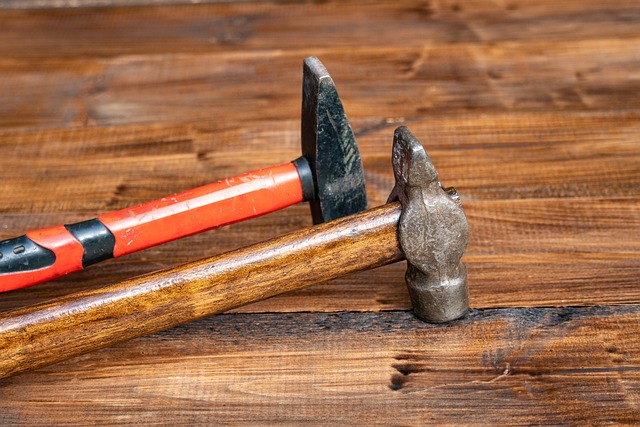Collision repair technicians are vital for precise car restoration, matching original paint and ensuring safety through rigorous testing. They prioritize customer satisfaction via proactive communication, feedback engagement, and transparent updates throughout the repair process, cultivating trust and repeat business.
When evaluating the work of a collision repair technician, several key areas require meticulous scrutiny. First, assess the technician’s ability to accurately identify and rectify visual damage. Next, test the vehicle’s performance and safety features post-repair to ensure optimal functionality. Additionally, verifying customer satisfaction and communication protocols is vital for gauging the technician’s professionalism and client relationships. By focusing on these aspects, you can effectively gauge a collision repair technician’s competence and craftsmanship.
- Assessing Visual Damage and Accuracy of Repairs
- Testing Vehicle Performance and Safety Features
- Verifying Customer Satisfaction and Communication Protocols
Assessing Visual Damage and Accuracy of Repairs

Collision repair technicians must possess a keen eye for detail when assessing visual damage on a vehicle. This initial step is critical as it sets the foundation for the entire repair process. Visual inspection involves carefully examining the car’s exterior, looking for dents, scratches, cracks, and any other visible imperfections. The goal is to ensure that every damaged area is accurately identified and documented for subsequent repairs.
The accuracy of repairs made by collision repair technicians is a key indicator of their skill and professionalism. After visual assessment, the technician should meticulously match the vehicle’s original paint color and texture during the paint repair process. This involves using specialized tools and techniques to blend new paint with existing panels seamlessly, ensuring that the final result matches the vehicle’s pre-accident condition. Such precision not only enhances the aesthetic appeal of the vehicle but also guarantees customer satisfaction in automotive repair services.
Testing Vehicle Performance and Safety Features

After ensuring the visual aesthetics of the vehicle are restored through expert car paint services, it’s crucial to assess whether the repairs have lived up to the standards set by manufacturers like Mercedes Benz collision repair experts. Collision repair technicians must verify that all safety features function optimally. This involves rigorous testing of brakes, lights, wipers, and other critical systems to guarantee they perform as expected.
Moreover, checking the overall vehicle performance is paramount. Technicians should drive the car at various speeds and in different conditions to ensure it handles smoothly, accelerates evenly, and maintains proper tire pressure and alignment. This meticulous process guarantees not just cosmetic repairs but also ensures the safety and reliability of the vehicle for the road.
Verifying Customer Satisfaction and Communication Protocols

Ensuring customer satisfaction is a key aspect when reviewing the work done by collision repair technicians. After the repairs are complete, it’s crucial to communicate with the client to understand their experience. This involves asking for feedback on the entire process, from initial estimate to final inspection. A simple survey or a face-to-face conversation can help gather insights into their level of satisfaction with the car body shop’s services and the quality of vehicle body repair.
Effective communication protocols are also vital. Collision repair technicians should maintain clear and consistent dialogue with customers throughout the repair process. This includes promptly addressing concerns, providing regular updates on progress, and ensuring transparency regarding costs and timelines. A well-communicated experience not only enhances customer satisfaction but also builds trust, encouraging repeat business and referrals for dent repair and other related services.
When reviewing work done by a collision repair technician, it’s crucial to assess visual damage and repair accuracy, test vehicle performance and safety features, and verify customer satisfaction through effective communication. By covering these key aspects, you can ensure that the work meets high standards and caters to customer expectations, fostering trust in the skills of collision repair technicians.
